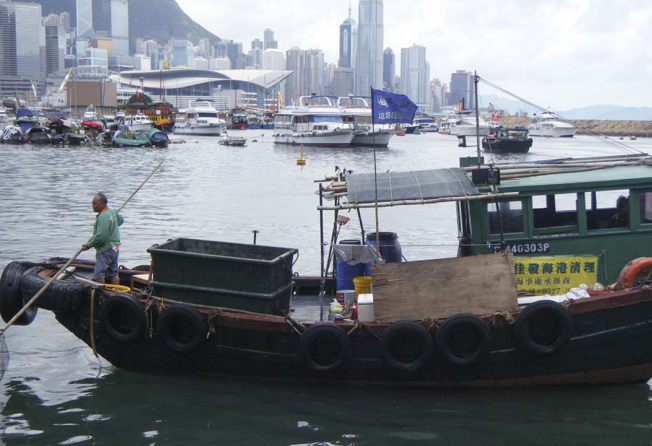Synthetic clothing and tyres could be polluting the oceans in a big way
Understanding that pollution by objects that can release ‘primary microplastics’ can have ‘important implications for the global strategy to tackle ocean plastic pollution’

A new report from the International Union for Conservation of Nature (IUCN) has found that as much as 31 per cent of the estimated 9.5 million tonnes of plastic that enters the ocean annually could be from sources such as tires and synthetic clothing.
These products can release “primary microplastics”, which are plastics that directly enter the environment as “small particulates”.
According to the IUCN, which released the report on Wednesday, they come from a range of sources.
These include synthetic textiles, which deposit them due to abrasion when washed, and tires, which release them as a result of erosion when driving.
The report identified seven “major sources” of primary microplastics: Tires, synthetic textiles, marine coatings, road markings, personal care products, plastic pellets and city dust.
“Our daily activities, such as washing clothes and driving, significantly contribute to the pollution choking our oceans, with potentially disastrous effects on the rich diversity of life within them, and on human health,” Inger Andersen, director general of the IUCN, said in a statement on Wednesday.
“These findings indicate that we must look far beyond waste management if we are to address ocean pollution in its entirety,” he added.
In its report, the IUCN concluded that between 15 and 31 per cent of all plastic deposited in the world’s oceans could come from primary microplastics.
“The findings of this report have important implications for the global strategy to tackle ocean plastic pollution, which currently focuses on reducing plastic waste,” Joao de Sousa, marine project manager at the IUCN’s Global Marine Programme, said.
“They show that solutions must include product and infrastructure design as well as consumer behaviour,” he added. “Synthetic clothes could be designed to shed fewer fibres, for example, and consumers can act by choosing natural fabrics over synthetic ones.”